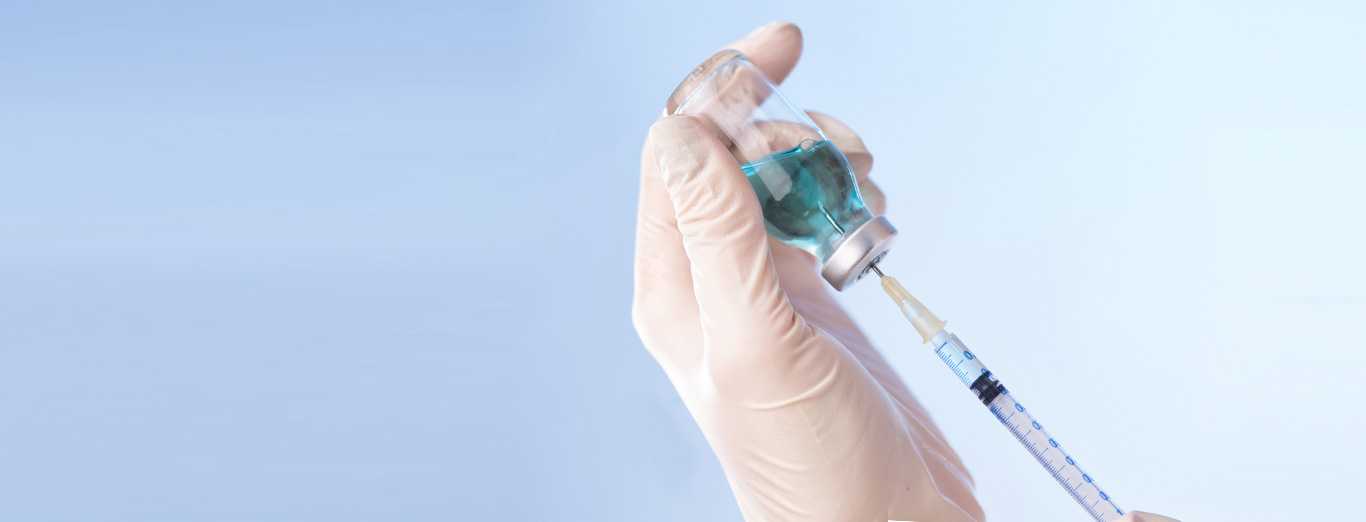
yellow fever vaccination
what is yellow fever?
Yellow fever is an infectious disease caused by flavivirus and spread by the bite of an infected female mosquito. It is usually of short duration and of mild characteristics, but in some case yellow fever can transform into a life threatening disease leading to haemorrhagic fever and hepatitis or jaundice, where the skin takes a yellow colour and hence the name. The yellow fever usually affects humans and other primates along with some form of mosquitoes who are the main carriers of the disease.
Yellow fever is usually pretty difficult to diagnose, owing to its similarity of symptoms in the early stage with other diseases, and as such a doctor might recommend a yellow fever test which is basically a blood sample testing with polymerase chain reaction to confirm the diagnosis.
what causes yellow fever?
The flavivirus, which is a single stranded RNA virus, is what causes yellow fever. After entering the body the virus replicates into the regional lymph nodes and then gradually spreads to other parts of the body via the blood stream. The virus can affect the bone marrow, spleen, kidneys and livers. Tissue damage to the liver results in jaundice, which disrupts the body’s blood clotting mechanism resulting in haemorrhagic conditions associated with yellow fever.
yellow fever symptoms
Quite often the yellow fever shows no signs and symptoms or show very mild flu like symptoms. In some cases the yellow fever symptoms show themselves after an incubation period of 3 to 6 days. The yellow fever symptoms are categorised into two stages. In first or early stage the symptoms are as follows;
- Pain in the back and knees
- High fever
- Dizziness
- Headache
- Loss of appetite
- Nausea
- Shivering or chills
These symptoms disappear with recovery from yellow fever which is within a period of 7 to 10 days. While, in some cases, the yellow fever enters a more severe and threatening stage showing the following symptoms;
- Recurring fever
- Stomach pain
- Vomiting with blood
- Fatigue
- Jaundice
- Kidney failure
- Liver failure
- Haemorrhage
- Delirious and coma
- Irregular heartbeats
- Bleeding from the eyes, nose and mouth
People affected with this severe form of yellow fever usually die within two weeks.
yellow fever treatment
There is no known cure for yellow fever and as such the yellow fever treatment is mainly directed to easing and controlling the symptoms. In some cases of yellow fever hospitalisation and intensive care is needed due to rapidly deteriorating nature of the disease. Some patients are made to undergo plasma transfusion or kidney dialysis to help ease the symptoms.
yellow fever vaccination
Since there is no effective cure available for yellow fever, yellow fever vaccination is the best bet for protection against this potentially life threatening disease. The yellow fever vaccine is pretty safe to use with extremely rare side effects. The yellow fever vaccine is also quite long lasting and a single dose can provide protection for 10 long years and can also possibly protect you for life. The yellow fever vaccine is a live virus vaccine and is available for yellow fever vaccination for adults and children above 9 months of age.
yellow fever vaccination side effects
The yellow fever vaccination side effects are usually rare and if it does produce side effects they are usually mild like;
- Headaches
- Light Fever
- Muscle pain
- Fatigue
- Soreness at the yellow fever injection site
In extremely rare cases, yellow fever vaccine can lead to serious side effects like anaphylactic reactions, neurologic disease and viscerotropic disease.
The yellow fever vaccine should be administered with caution and should not be given to people with the following conditions;
- Allergic to vaccine components
- Infants below 6 months of age
- Symptomatic HIV
- Thymus Disorder
- Immunodeficiency
- Pregnant women
- Breast feeding mothers
- Transplant
- Malignant Neoplasm’s
- Elderly people above 60 years of age
yellow fever vaccine name
There are several yellow fever vaccines available the predominant yellow fever vaccine names are Stamaril (yellow fever injection) and YF – Vax (yellow fever injection).
yellow fever vaccine requirements
Many countries demand yellow fever vaccination certificate from foreign nationals coming especially from sub – Saharan regions and tropical South America. Even India requires yellow fever vaccination certificate from foreign nationals from yellow fever prone areas.
References
Doctor Consultation
Nursing
Physiotherapy
Trained Attendant
Elder Care
Mother & Baby Care
Lab Tests
Medical Equipment
Speciality Pharma
Critical Care





